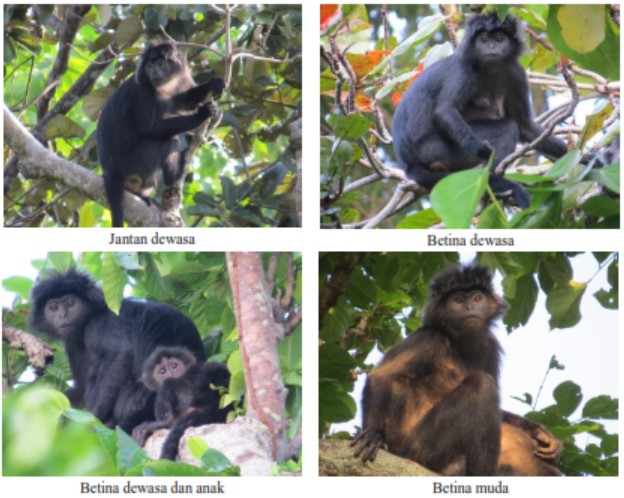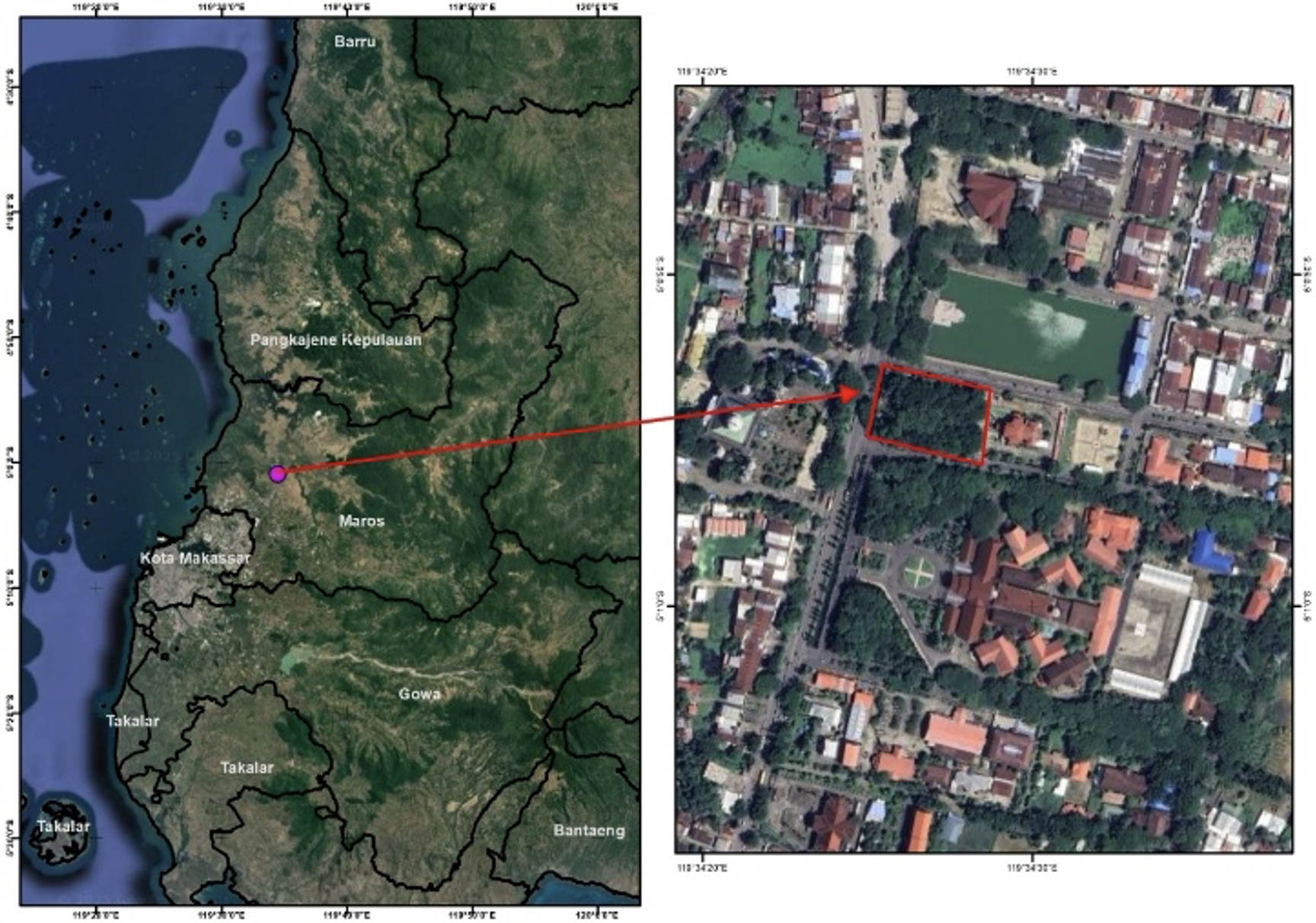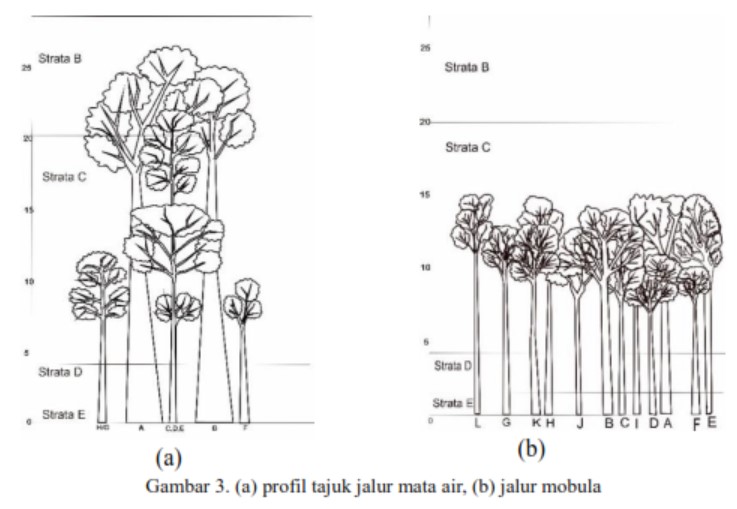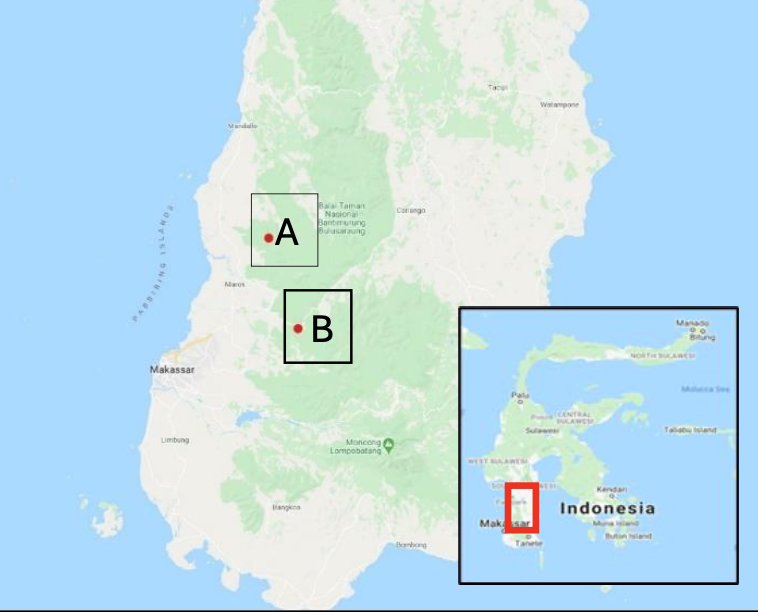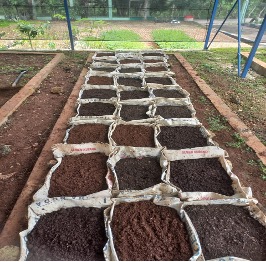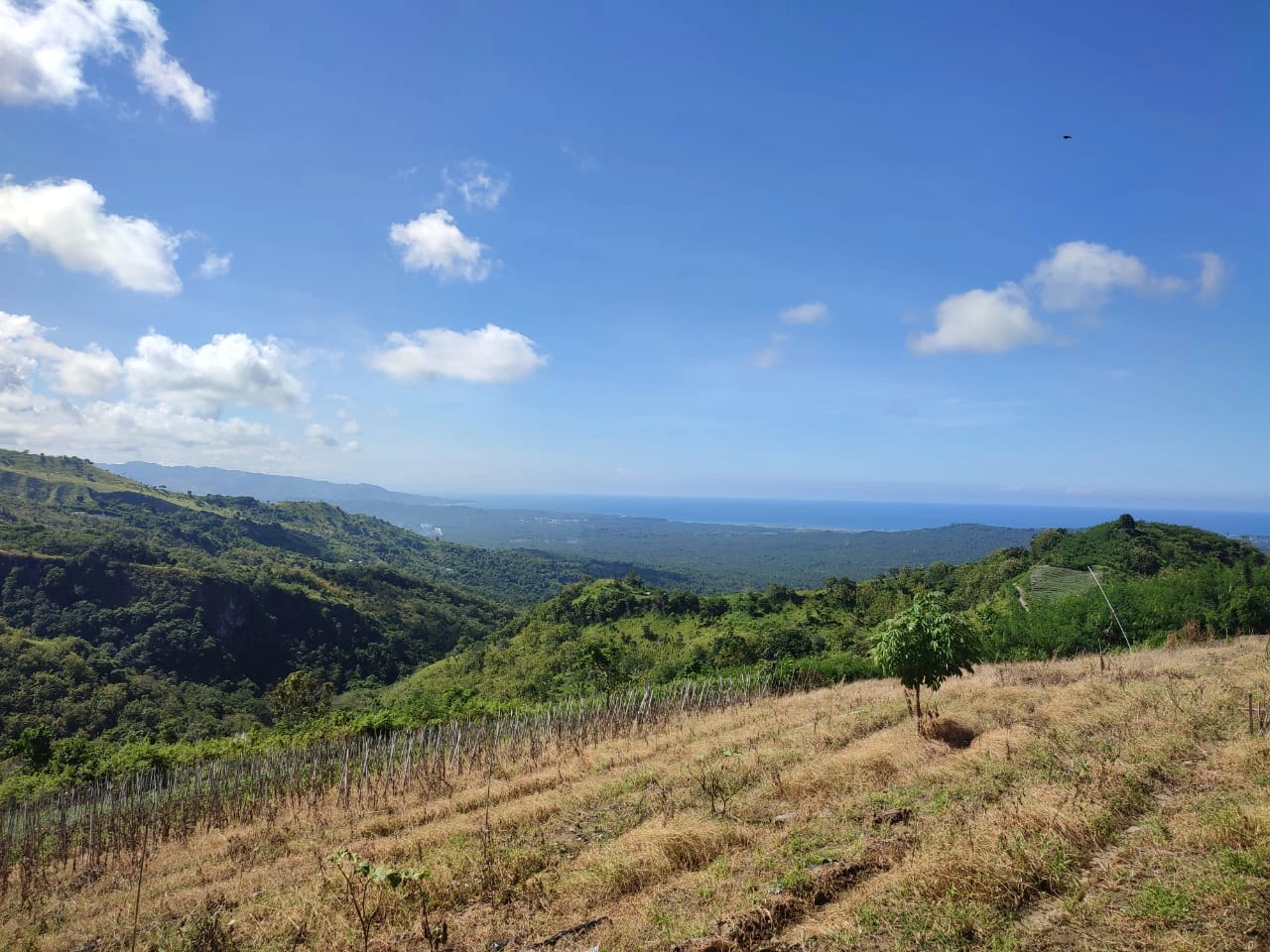Habitat Characteristics and Population of Javan Langur (Trachypithecus Auratus E. Geoffroy Saint-Hilaire, 1812) In Leuweung Sancang Nature Reserve, Garut, West Java
Abstract
This study aimed to determine habitat characteristics, food plants, population size, and distribution of Javan langur in Leuweung Sancang Nature Reserve. This study was conducted from February to April in Leuweung Sancang Nature Reserve. Composition and structure of vegetation were determined using vegetation analysis. Population and distribution of the javan langur were identified using concentration count method. A total of 110 plant species recorded in the javan langur’s habitat. Ketapang (Terminalia catappa) was the dominant species in the study area composing 41,71% of the IVI. The Javan langur feed on at least 17 plant species. The plant parts eaten by the Javan langur included leaves, buds, shoots, flowers and fruits. A total of 19 javan langur groups were encountered along the beach forest of the nature reserve. Number of individual at each of the group varied ranging from 7 to 17 individuals. The population size was 227 individuals and the population density was 0.15 individuals per hectare. The javan langur’s age structure of adult : young : juvenile was 43 %: 27 %: 30 % indicating that the population was dominated by adult individuals and the sex ratio of male:female was 1:3.
Copyright (c) 2019 Jurnal Wasian

This work is licensed under a Creative Commons Attribution-NonCommercial 4.0 International License.
Copyright and License
All articles published in Wasian Journal are the property of the authors. By submitting an article to Wasian Journal, authors agree to the following terms:
-
Copyright Ownership: The author(s) retain copyright and full publishing rights without restrictions. Authors grant the journal the right to publish the work first and to distribute it as open access under a Creative Commons Attribution 4.0 International License (CC BY 4.0).
-
Licensing: Articles published in Wasian Journal are licensed under a Creative Commons Attribution 4.0 International License (CC BY 4.0). This license allows others to share, copy, and redistribute the material in any medium or format, and adapt, remix, transform, and build upon the material for any purpose, even commercially, provided that proper credit is given to the original author(s) and the source of the material

This work is licensed under a Creative Commons Attribution 4.0 International License. -
Author's Rights: Authors are permitted and encouraged to post their work online (e.g., in institutional repositories or on their website) prior to and during the submission process, as it can lead to productive exchanges and greater citation of published work.
-
Third-Party Content: If your article contains material (e.g., images, tables, or figures) for which you do not hold copyright, you must obtain permission from the copyright holder to use the material in your article. This permission must include the right for you to grant the journal the rights described above.
-
Reprints and Distribution: Authors have the right to distribute the final published version of their work (e.g., post it to an institutional repository or publish it in a book), provided that the original publication in Wasian Journal is acknowledged.
For the reader you are free to:
- Share — copy and redistribute the material in any medium or format for any purpose, even commercially.
- Adapt — remix, transform, and build upon the material for any purpose, even commercially.
- The licensor cannot revoke these freedoms as long as you follow the license terms.
Under the following terms:
- Attribution — You must give appropriate credit , provide a link to the license, and indicate if changes were made . You may do so in any reasonable manner, but not in any way that suggests the licensor endorses you or your use.
- No additional restrictions — You may not apply legal terms or technological measures that legally restrict others from doing anything the license permits.
Notices:
You do not have to comply with the license for elements of the material in the public domain or where your use is permitted by an applicable exception or limitation .
No warranties are given. The license may not give you all of the permissions necessary for your intended use. For example, other rights such as publicity, privacy, or moral rightsmay limit how you use the material.
Most read articles by the same author(s)
- Zsa Zsa Fairuztania, Abdul Haris Mustari, Habitat Characteristics and Population of Booted Macaque (Macaca ochreata) in Tanjung Peropa Wildlife Reserve , Southeast Sulawesi , Jurnal Wasian: Vol. 4 No. 2 (2017): December

